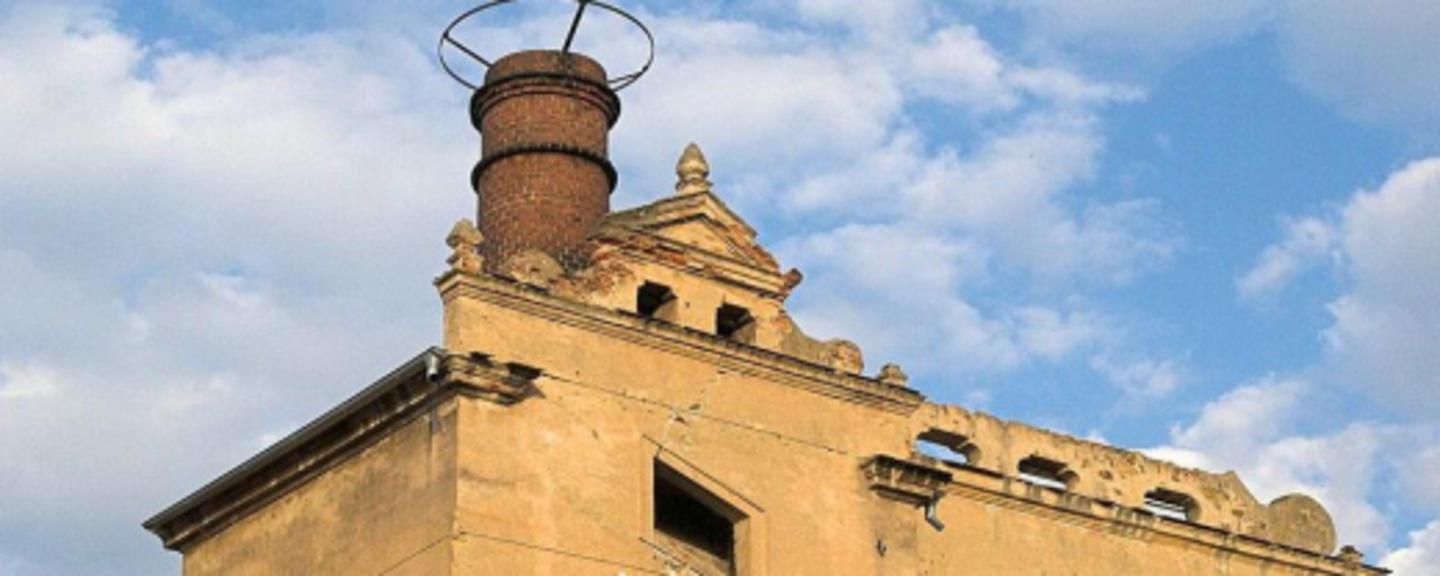Support to cultural heritage projects is particularly dominant within the Czech Republic. The country has the highest number and the highest proportion of supported cultural heritage projects of all the 15 beneficiary states. By the beginning of April 2009, 179 projects worth some €200 million were approved within the cultural heritage sector.
A fresh review concludes that the EEA and Norway Grants have provided a significant strengthening of cultural heritage preservation in the Czech Republic. Many of the supported projects involve saving pieces of cultural heritage that have been in a critical state and were in danger of complete deterioration. Such projects include the restoration of Rajhrad Benedictine Abbey in Moravia and the renovation of the Stucco and Fresco Decorations of the Basilica of the Visitation of the Virgin Mary in Prague.
Another important impact of the cultural heritage support in the Czech Republic is the digitalisation of documents and publications. The digitalisation of some 16.000 items will make this information available to the public. The review highlights a project by the National Library in Prague and its digitalisation of non-periodical publications from the 19th century, an important period for Czech national renaissance, language and literature.
Strengthened interest in cultural heritage sites
In addition to starting the rehabilitation process of pieces of cultural heritage that were left to decay for many years, restorations have made monuments and sites available again to local communities, tourists, schools and local administrations. In this way the support has had a direct positive impact on intended visitors and users of the monuments and strengthened national and local awareness of such issues.
Both the restoration and opening up to the public of historical monuments have a positive impact on the possibility to build interest in and knowledge about our common cultural heritage. Many projects are still at an early stage, but in some cases one can already see an increased interest from both national and international tourists. The number of visitors to Rajhrad Benedictine Abbey increased from 10 000 in 2007 to 13 000 in 2008, following restorations funded by the EEA and Norway Grants.
Developing regional employment and local skills
In almost all cases, beneficiaries plan to develop their monuments further through follow-up projects, thus ensuring that the restorations are not one-off happenings, but helping to stimulate the use of these monuments also in the long term. This is also the case when it comes to making use of the expertise of local artists and handicraft artisans. The projects have an appreciable effect on regional employment and income, and provide much needed opportunities for artists and artisans to develop and preserve their skills.
The review was carried out by CrossCzech a.s. and Nordic Consulting Group A/S during the autumn of 2008 and involved 29 projects in different categories of cultural heritage.
Read the review here.
